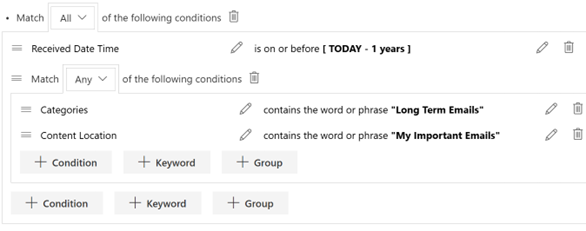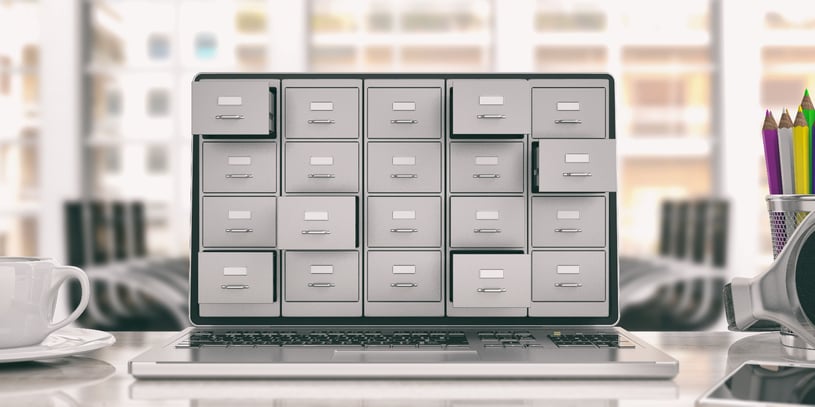
Laptop screen shows file cabinet. Image courtesy of Adobe Stock photos.
When speaking about the future of records management, electronic records tend to be the focus. Everything from automated document lifecycle workflows to implementing best practices for managing email. However, many organizations still work with a large amount of physical records. Even with digitization efforts, this will not change any time soon. Our view on this? Let's have a conversation about how to streamline and bring physical records management into the twenty-first century.
The article will cover:
- Business Challenges with both paper-based approach and major current systems
- Solutions for these challenges
- 6 features to streamline and modernize your physical records management
The Business Challenge
Currently, many organizations have an existing physical records system that may involve an Access database, Excel spreadsheet, or a third-party stand-alone system. These likely haven’t been enhanced for years and are costly and awkward to maintain. Frustrations arise for records managers around findability when needing to manage, locate or circulate physical items. And the reality with physical records that have been filed away into an inaccessible system is that they tend to be forgotten and their full business value is negated.
As proponents for the value and business insights data can provide if properly harnessed, we're telling you that these outdated ways just won't do.
In addition, common systems such as Microsoft 365 may not have the capabilities necessary for fully compliant, end-to-end physical records management. We cover that in our article about Physical Records in M365 and in our webinar on the topic, which is linked at the bottom of this article.
The Solution
To address this, we'll be using some of the upcoming Physical Records Management features for cloud-based solution Collabspace CONTINUUM to exemplify how using the right tool can eliminate frustrations felt with previous systems when managing physical records.
Collabspace allows users to manage their electronic and physical records from one place. For records managers, this means a centralized file plan, retention policies, access controls, and disposition approvals consistent for both electronic and physical content. For other end users, this is about findability: internet-like searching of the information to make locating and circulating physical items as quick and simple as possible.
We've already provided a demo showing how on-premise solution, Collabware CLM, provides unified search and integration of organizations' physical items file plans, retention policies, and disposition approvals. Now let's cover the physical record management features available in the Cloud with Collabspace Continuum.
1. Physical Library and Space Management
With a solution like Collabspace, users have access to a visual representation of their physical records. Record managers can replicate physical record storage locations that exist in the real world and compile records and locations into a physical records library. The physical records library has a tree-like navigation structure allowing for a very fine level of detail, demonstrated in the image below:
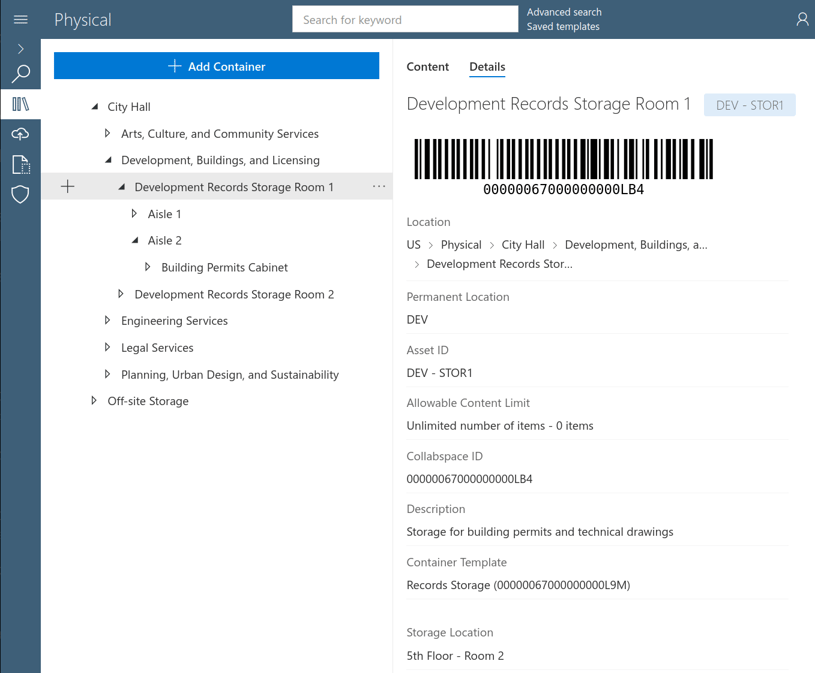
Physical Libraries are built upon the concepts of content and containers. Physical content represents physical items such as records which require retention and disposition schedules.
Containers, on the other hand, handle permissions for access and circulation of content stored in containers. Containers aren’t only items that store content but can be anything: replicating physical infrastructure such as shelves, aisles, rooms, floors, or buildings.
When end users navigate to a container in the library, they can view content in a search-like interface where users can define custom columns to display, sort, and do keyword filtering on the content of the container, shown below:

Searching for content will help record managers pinpoint exactly where records reside in an organization’s physical records storage and assist with space management.
Lastly, security and access controls can be applied to Containers, meaning administrators can define security groups and select permissions around who can manage content and containers, and view content, and circulate content. Managers can also control the capacity of containers and see how much space is left in a container with allowable content limits.
2. Physical Content and Container Templates
Records managers have the ability to create templates for containers and physical content. Record managers can define the types of metadata to be captured for specific content and containers, providing extra context when necessary.
For example, record managers can set up a physical records hierarchy quickly, using container templates (shown below):
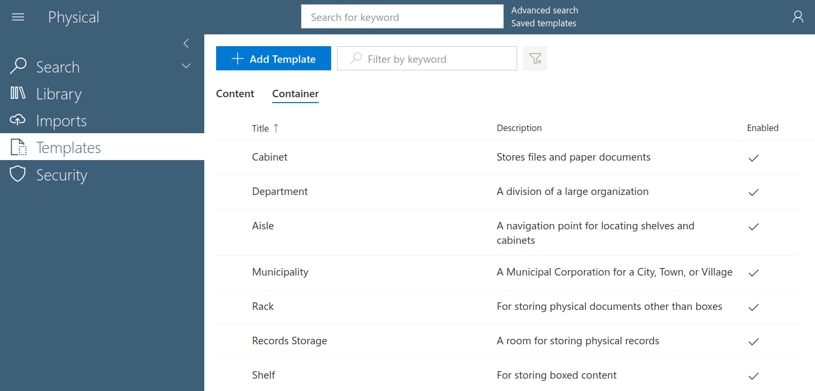
Additionally, custom metadata properties can be added to content and containers. For example, disposition authority or security access level properties can be added to containers, specific physical records content in containers can be classified; custom properties can be anything.
Content templates could be used for creating Employee Files, having a employee's name and ID custom properties, so that end users can easily search based on these properties. With Content and Container templates, there are unlimited options for users to define their content and library.
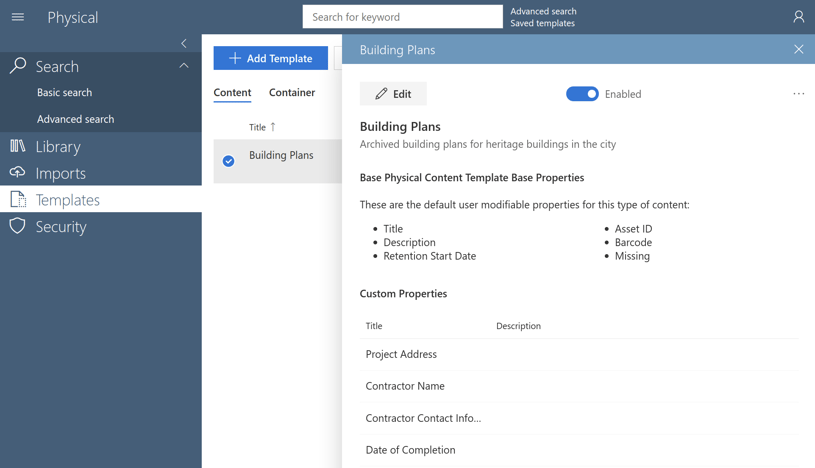 Image shows a employee file content template being created with custom properties
Image shows a employee file content template being created with custom properties
3. Physical-Specific Search
With Collabspace Physical Records Search, users have the option to search for physical records exclusively, or search for physical and electronic content together. It is easy to display, filter, and sort physical records when required.
 Image shows a basic search query
Image shows a basic search query
Users also can execute advance search queries by searching for specific metadata and conditionals, shown below:
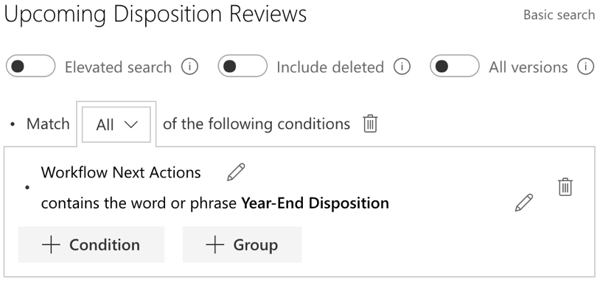
All search queries (physical and electronic) in Collabspace can be saved and reused as search templates. Record managers can share their saved templates with other Callabspace users, controlling record access and saving time for users who are not as familiar with Collabspace. For example, if a city hall construction department used Collabspace, record managers can save search queries for office staff:
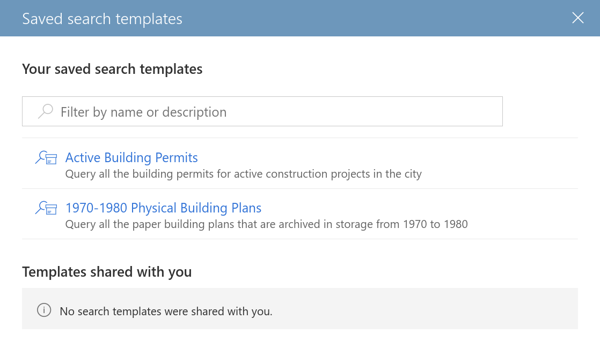
After a search is completed, users can export important metadata like circulation status, retention start date and custom properties. With exported metadata, users can quickly generate reports when required.
Lastly, when access for content needs to be controlled, security groups applied to containers ensure that physical content is searchable for designated users and hidden for others.
4. Physical Records Imports
Physical Records Imports are features that allow users to take bulk action on various types of activities for physical items. Activities include creating or updating content and containers, categorization, moving content, and circulation. With Physical Imports, records managers can add thousands of new items to the Collabspace Physical Library with just one CSV upload.
We can see all the options for Physical Records Import in the image below:
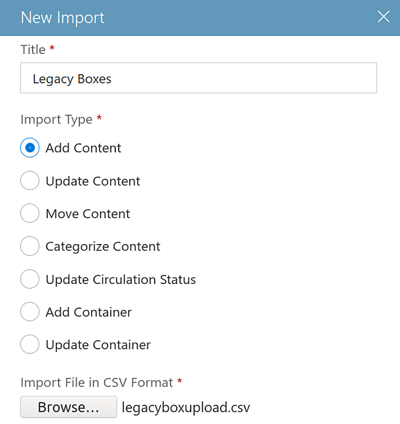
One use case for physical records imports is with legacy content migration. For example, if an organization merges with another company and is taking on their content, months' worth of efforts may be required to sort through thousands of newly acquired boxes. Using CSV files, users can make minimal changes to records, such as updating the content location column with a new location, and uploading those changes into Collabspace. This saves manual one-by-one inputs and reduces data entry errors.
5. Physical Circulation Processing
Collabspace Physical Records provides organizations with the ability to manage and track the circulation status of physical content. Users can determine who has possession of content and when they took possession of it. The content audit feature allows Collabspace to track a chain of custody for all physical records.
There are two ways to manage circulation of content, either individually using the user interface, or in bulk using CSV files.
 Image shows selecting individual records to charge out, with the charge out button annotated in red
Image shows selecting individual records to charge out, with the charge out button annotated in red
The Collabspace UI is great for self-circulating smaller amounts of records. In other cases, a records manager might want to manage circulation on hundreds or thousands of records, and can export circulation information in bulk.
One effective use of Collabspace circulation tools is for searching for overdue charged out content and the users that hold them. A records manager can easily find content that is overdue content creating a search query for Charge Out Status and Date properties shown in the advanced search query below:
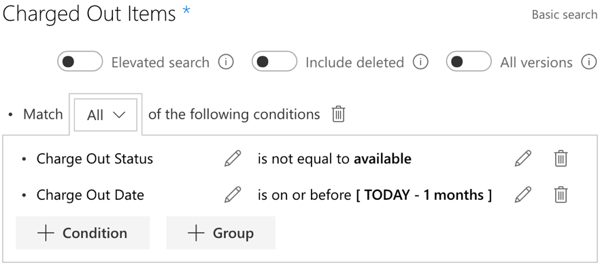
6. Disposition Schedules and Reviews for Physical Records
Physical items can undergo disposition approval reviews, generate disposition certificates, and generate lists of records to destroy. Collabspace can automate many of these actions, making the process as straightforward as possible.
With automated workflows, records managers can create their disposition approval lists and see upcoming disposition approval reviews. For example, if a few (or a hundred) record boxes must be reviewed by Legal and then HR for disposition approval, disposition can be set and sequenced. Then each department would check out a list of records to review and then approve the disposition of the items. A workflow with these actions is shown in the image below:
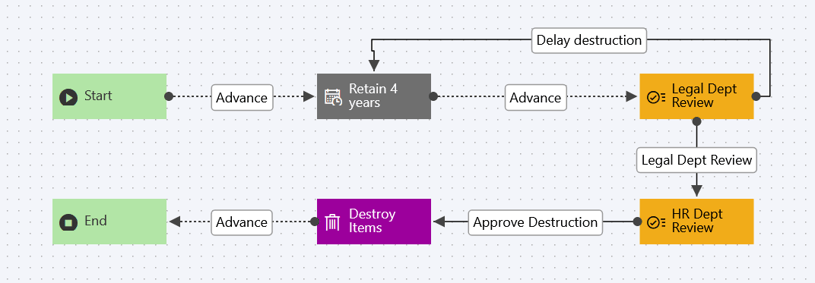
The final disposition review would likely go to the Physical Records team, who can start the disposition process. A disposition list can be generated automatically after a review and given to the team, to assist with locating and documenting items listed for destruction.
Lastly, Disposition certificates can show all outcome assignments for these reviews, which are useful for legal and audit purposes.
With automated reviews and disposition schedules, Collabspace gives confidence all stakeholders have reviewed relevant records before disposition and records are compiled automatically into a disposition list.
Conclusion
Physical records will not be going anywhere any time soon, but outdated practices can be replaced with modern physical content management. Collabspace has a simple interface that will host a visual representation of the hierarchical physical library that is highly configurable to the organization's needs.
With convenient, simple-to-use features, users will be able to manage their physical items in a way that increases leverage of corporate information for decision-making and enhances discovery through integration and consistent application of retention policies for physical records. Not only will they save time and frustration, but costs will be reduced by eliminating standalone system infrastructure and decreasing physical storage space requirements through accurate and timely destruction of physical records.
Want to find out more about the physical records features, and how these and other Collabspace CONTINUUM features can benefit your organization? Explore our physical records blog series, contact us with questions or download our free Collabspace brochure:
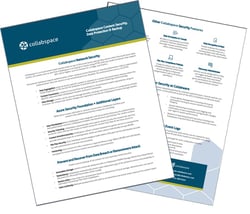
You can also listen to our presentation on M365 physical records capabilities, here:
Note: This article was originally written in 2020, but has since been updated by Kainoa Seaman and Nadia Lepak to remain up-to-date.




